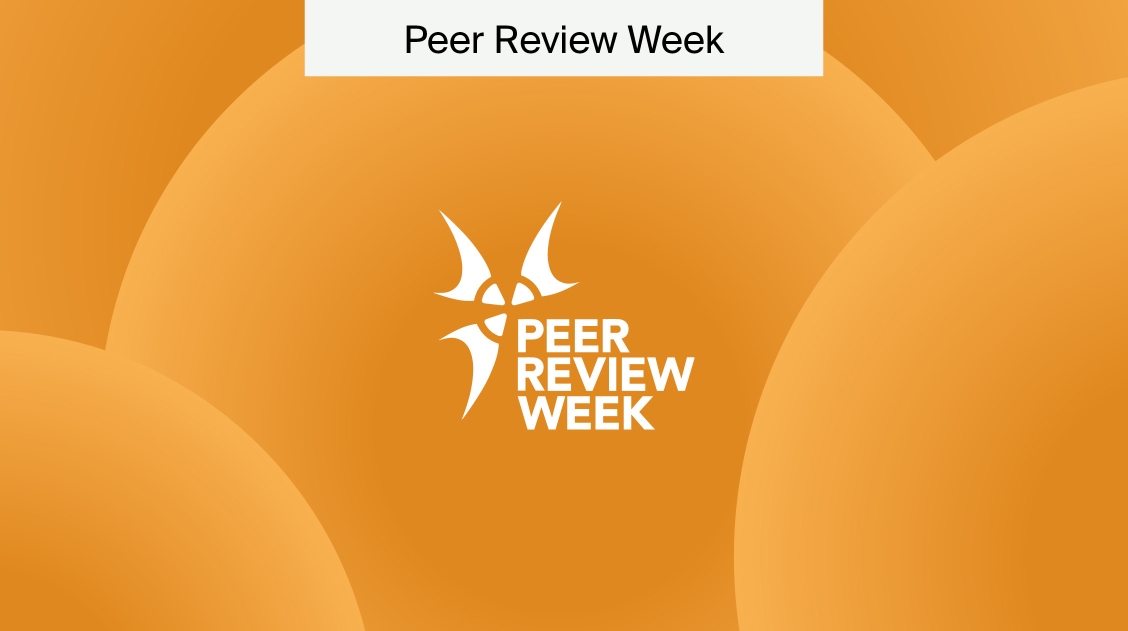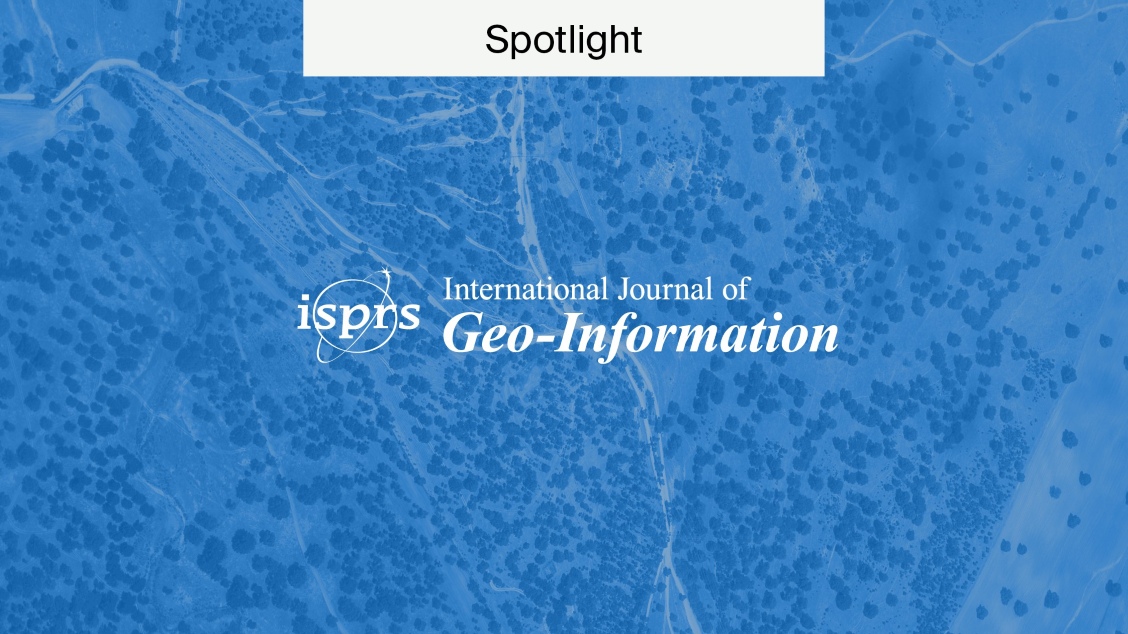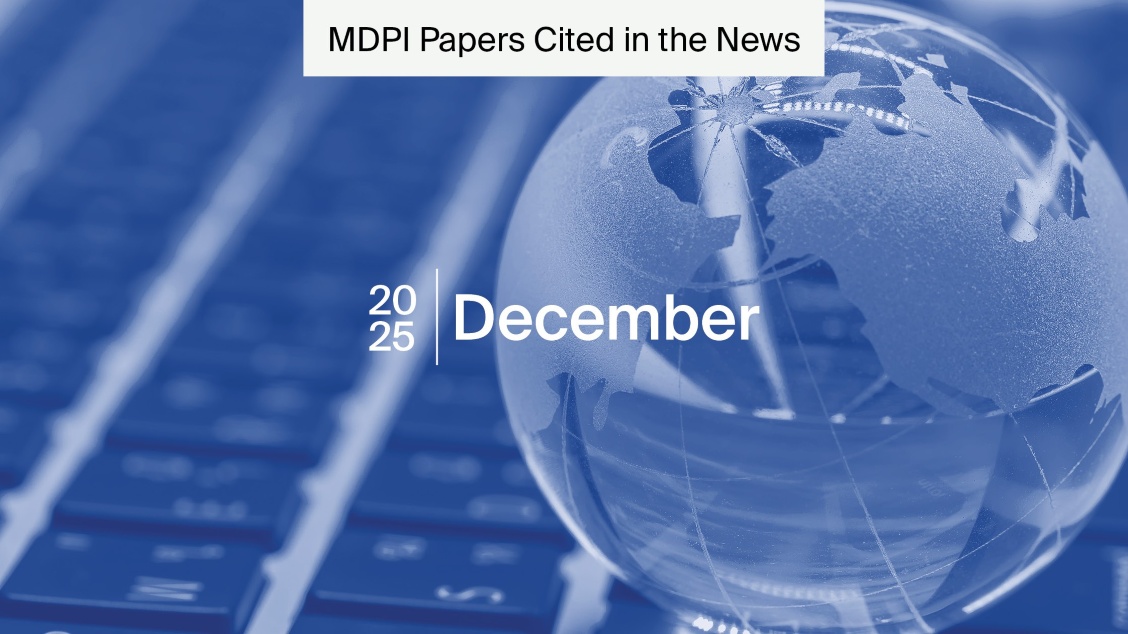
Advancing Research Integrity with SuSy Innovations
The 2024 iteration of Peer Review Week is centred around Innovation and Technology. As a pioneer in open science for over 25 years, MDPI has led the way with innovations to advance the dissemination of science and support research integrity. SuSy, MDPI’s in-house Submission System, exemplifies this drive.
Here, we’ll introduce you to MDPI’s values and how they informed the development of SuSy. We’ll also introduce you to the features of the platform that showcase MDPI’s commitment to innovation.
MDPI’s mission and values
Since 1996, MDPI has fostered open scientific exchange. As of 2024, there are over 440 journals supported by nearly 300,000 academic experts. All the content published by the journals is distributed under a CC BY license, which ensures the works are accessible and reusable. Further, MDPI is a member of the Committee on Publication Ethics (COPE), reflecting our commitment to maintaining research integrity.
MDPI takes responsibility by enforcing a rigorous peer review process alongside strict ethical policies and standards to ensure only high-quality scientific works are published. Ethical issues are taken very seriously by our editors, who are trained to proceed with a zero-tolerance policy.
Supporting all this work are MDPI’s key values: efficiency, simplicity, flexibility, and sustainability. These values informed the development SuSy.
What is SuSy?
SuSy is MDPI’s in-house online submission system. It was launched in 2011 as a submission-only platform. The tool was designed with flexibility in mind and has since been updated to include additional functions based on feedback from academic editors, authors, and reviewers. Additional features include
- Hosting the peer review process.
- A billing system, with invoicing and vouchers.
- Editorial functions, like formatting and English editing.
- Management of Special Issues.
By having an in-house tool, MDPI can aspire towards its aim of simplicity. The whole process from submission through to peer review and editing is carried out in one place. This enables the quick turnaround of scholarly papers without sacrificing quality, with research typically published within 5‒7 weeks of submission.
Furthermore, to support the sustainability of scientific publishing, MDPI has a service in which publishers can use a modular and flexible version of SuSy for their own journals, Journal Management System (JAMS). JAMS is a full suite of journal management tools to support you throughout the publishing process.
SuSy is designed for users, with developers flexibly responding to feedback when updating the platform. It is designed with simplicity in mind, which enables MDPI journals’ efficient processes. And finally, it supports the scientific community by its availability for other journals to benefit from its tools.
Innovating peer review
Supporting MDPI’s diverse workforce are tools that support research integrity and ensure that peer review is rigorous and efficient.
Here, we delve into the features of and updates in SuSy that are advancing research integrity.
Diamond Open Access journals
Most MDPI journals operate with a gold OA model, where authors pay article processing charges to publish their research. Our Societies initiative helps societies set up journals or convert theirs to OA. However, some of them want a diamond OA model, in which there are no article processing charges (APCs).
To implement this, SuSy had to be altered to accommodate for different OA models. This required changes ranging from manuscript submission to online publication and invoicing.
After collaboration between various MDPI departments and its in-house developers, MDPI’s first diamond OA journal was for the Société Internationale d’Urologie (SIU), the Société Internationale d’Urologie Journal.
The most recent example is the Journal of the Oman Medical Association. For both journals, authors will not require funding to publish their research.
Dr Carla Aloè, Head of Societies and Acquisition, reflected in a recent blog article:
With over 25 years of experience in open access publishing, MDPI has always adapted to changes in the industry. With more and more societies and institutions seeking to publish using the diamond OA model, we have updated our systems and applied our expertise to ensure we can meet their needs.
The diamond model ensures equitable access for both readers and authors, eliminating financial, geographical, and institutional barriers. It is now an integral part of our offer, and we will continue to offer this option to all the societies and institutions interested in partnering with us.
Open peer review
In 2014, the MDPI journal Life featured the first openly published peer review reports. These were created by Nobel Laureate Werner Arber and were published as supplementary material to the review.
This practice extended to 14 journals in the same year, and then across the whole MDPI portfolio in 2018. Changes within SuSy were implemented to allow authors to select the open peer review option and for reviewers to sign their reports.
As of 2022, around one-third (34%) of MDPI articles featured open peer review reports. This demonstrates authors’ acceptance of transparency across different disciplines and their motivation to take an active role in innovation.
The benefits of open peer review reports include greater transparency, which encourages higher quality constructive feedback and helps contextualise research. This ultimately helps build trust in the science being published, whilst also creating visibility for the time-consuming work of reviewers.
MDPI remains a supporter of open peer review, giving both authors and reviewers the choice about how transparent their reports are.
Journal finder
The number of articles being published, journals established, and amount of overall content being produced far exceeds what anyone can keep track of. The sheer scale of the output in scientific publishing is staggering and ensuring that articles reach the correct audience is extremely important.
Journal Finder looks at the title and abstract of your manuscript and suggests a ranked list of relevant journals you can submit to. Additionally, this tool is also integrated within SuSy so that once a manuscript is received, the tool can verify that it fits the scope of the chosen journal.
This tool takes the title and abstract and passes them through a natural language processing (NLP) model that generates a numerical representation of the text that can capture its meaning (this is called an embedding). The embedding is then used to do a similarity search among the papers in each journal to find papers that are similar in scope to the submitted manuscript. It looks at patterns within the language of your work and the content in journals, rather than just keywords.
Furthermore, the tool provides a filter to narrow down the search, based on journals’ costs, Impact Factors, and the database index, thus providing authors with a list of choices that fit their needs.
Reviewer benefits
MDPI recognises reviewers who provide high-quality, constructive peer review reports by considering them for Outstanding Reviewer Awards for each journal. These annual awards provide winners with a cash prize, certificate, and a discount to submissions in the next year.
Further, MDPI offers other incentives for reviewers:
- For every manuscript reviewed, a discount voucher code for the APC of a future submission to any MDPI journal may be offered. This can also be used to pay for Author Services professional English editing.
- Reviewers are included in journals’ annual acknowledgements of reviewers if more than 50 reviewers assisted the journal in the previous year.
- Excellent reviewers may be promoted to Reviewer Board Members.
- Reviewers registered on the Web of Science Reviewer Recognition Service will have their reviewing activity automatically added for participating journals.
Reviewers uplift science and help advance knowledge. To support them, MDPI provides incentives and rewards, whilst ensuring they have the most efficient and effective tools to make their work as productive as possible.
Within SuSy, reviewers may update their profile to ensure it includes relevant keywords that reflect their field of expertise, track their vouchers, and download reviewer certificates.
Advancing science through innovation
SuSy reflects MDPI’s commitment to simplicity, flexibility, efficiency, and sustainability.
Over the years, the platform has been updated to widen its capabilities and allow for more options for authors and societies. In 2023, every submitting author, reviewer, and Guest Editor was asked to provide feedback. The results show the success of our service:
- Of the 32,000 responses from authors, 91% rated the peer review process as good or excellent.
- Of the 13,000 reviewers, 82% rated it as good or excellent.
- Finally, of the 1200 Guest Editors, 81% rated it as good or excellent.
MDPI has a page dedicated to advice for reviewers, which also includes links to further resources online. You can visit SuSy here if you want to login or register an account.
For Peer Review 2024, we are publishing a range of content to celebrate the peer review process and everyone involved. If you want to learn more, please click here.










